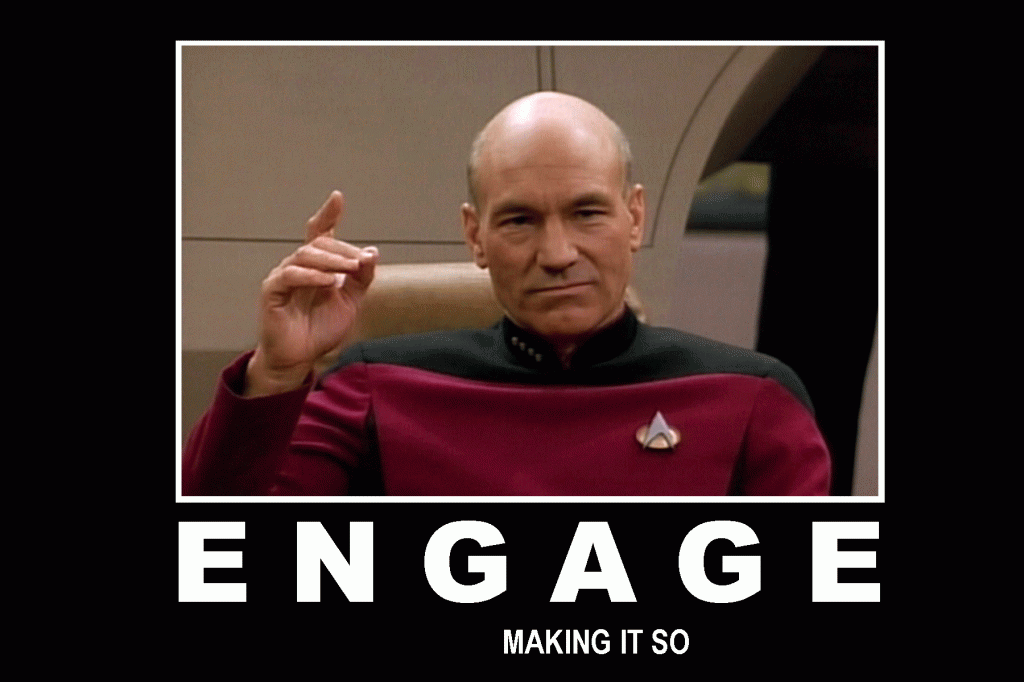One of the questions I get asked all the time is,
“What if people just don’t want to play your game? How do you engage them?”.
The answer comes in two parts, both as important as each other. One you may not like, but you have to accept it!
The first is, make sure you have designed the system properly. If you have just added some badges and a leaderboard, then you are going to engage a very small number of people for any length of time. Consider looking at the User Types and design more to support them. People often say that people don’t engage with gamification because gamification is bad. The truth is that many gamification designers are bad – and so they create bad gamification. This is true of any industry and especially new technology, just think how wrong most companies got social media at the beginning!





